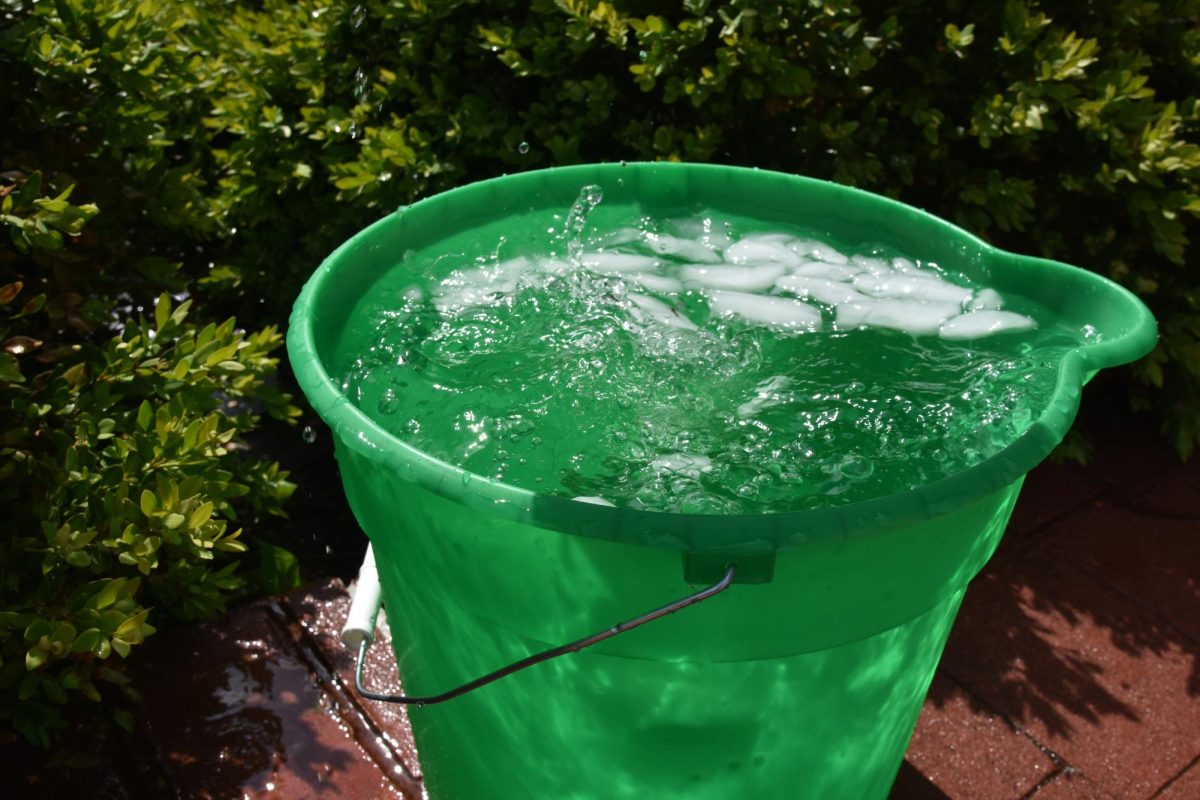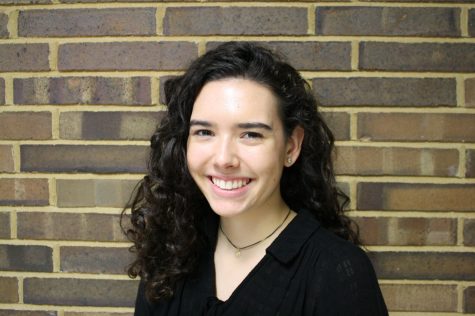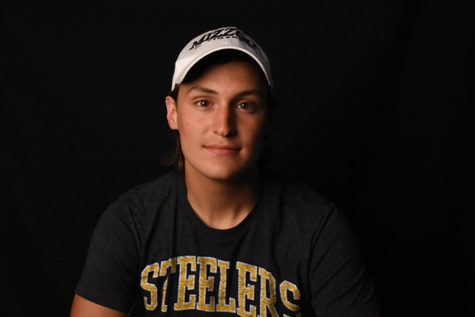After a year hiatus, the Scuba and Aquatics class returned as a Physical Education credit.
“We did not have enough students sign up for it, so we did not have the class last year. It was the first year that we did not have it in 15 years,” Physical Education teacher Tommie Rowe said.
Prior knowledge was not necessary to participate in the course, however a $400 fee and being a proficient swimmer was required.
“In order to start, we had to do a 200 meter swim test,” junior Emily Dickson said.
The blocked class occurs on B days first and second hour. Students are asked to arrive at 7:15 a.m.
“My least favorite part of the course was having to show up at 7:15 a.m. everyday because during football, with morning practice letting out at 7 a.m., I was crunched for time,” sophomore Zaven Nalbandian III said.
Scuba students participated in off site dives to gain certification for scuba.
“Students could earn a lifetime certification in this class,” Rowe said. “ If they don’t dive for a year, then they need a refresher course to be ready to go again.”
Rowe and fellow Physical Education teacher Tim Corteville are advanced certified in scuba diving, however outside speakers also teach scuba lessons daily.
“We use Y-kiki, they bring all of the equipment including: buoyancy control device (BCD), which is like a life vest and an air built in, flippers, tanks and hoes the in for our students to use,” Rowe said. “We as teachers assist with the classroom part of the class.”
The nine week scuba course concludes the scuba training with a two day, one night trip. The class left on Sunday Oct. 16 to Mermet Springs in Illinois and returned to school around 4 p.m. Monday Oct. 17.
“We did two dives the day we got there and we ate snacks and did the dives,” Dickson said. “The first dive tested simple skills like getting used to the water because the quarry was much colder than the pool, not as clear and I really couldn’t see that far in front of my face.”
The second dive practiced procedures such as emergency assent if a diver runs out of air and how to breath with a partner’s alternate air source.
“The third dive we swam out around to a plane that was at the bottom, then dove down to see how far we could get, we couldn’t go deeper than 60 ft but we went around that depth,” Dickson said.
Out of the 12 students who went on the dive trip all passed, two students were unable to participate due to injuries.
“I have not had anyone not pass,” Rowe said. “There were students who did not finish up the course work but anyone who tries will usually finish strong.”
After the first nine weeks of the main scuba course ends the class is dedicated to fitness in the pool and planning dive trips.
“We were given an amount of money ranging from $1000 to unlimited money,” junior Josh McCallister said. “and had to have at least two dives, and do a presentation on where we went and how we spent our money.”
They also had to figure out more of the details of the trip rather than just the dives they would have been going on.
“We had to research things like where we’d stay, how much flights would cost, food, scuba gear and all,” McCallister said.



![Smiling in a sea of Longhorns, Fox 2 reporter Ty Hawkins joins junior Darren Young during the morning Oct. 3 pep rally. The last time West was featured in this segment was 2011. “[I hope people see this and think] if you come to [Parkway] West, you will have the time of your life because there are so many fun activities to do that make it feel like you belong here. I was surprised so many people attended, but it was a lot of fun,” Young said.](https://pwestpathfinder.com/wp-content/uploads/2025/10/Edited2-1200x798.jpg)
![West High seniors and families listen as a representative of The Scholarship Foundation of St. Louis, Teresa Steinkamp, leads a Free Application for Federal Student Aid (FAFSA) workshop. This session, held in the library, provided guidance on financial aid, scholarships and student loan options. “This event is very beneficial for any seniors who are applying to or considering applying to colleges after high school [because] the cost of college is on the rise for seniors and parents,” college and career counselor Chris Lorenz said.](https://pwestpathfinder.com/wp-content/uploads/2025/09/DSC_4478-1200x778.jpg)
![Senior Kamori Berry walks across the field during halftime at the Homecoming football game on Sept. 12. During the pep assembly earlier that day, she was pronounced Homecoming Queen. “I thought it was nice that the crowd [started] cheering right away. I know [my friends] were really excited for me, and my family was happy because typically non-white people don't win,” Berry said.](https://pwestpathfinder.com/wp-content/uploads/2025/09/DSC7046-Enhanced-NR-1200x798.jpg)



![Pitching the ball on Apr. 14, senior Henry Wild and his team play against Belleville East. Wild was named scholar athlete of the year by St. Louis Post-Dispatch after maintaining a high cumulative GPA and staying involved with athletics for all of high school. “It’s an amazing honor. I feel very blessed to have the opportunity to represent my school [and] what [it] stands for,” Wild said.](https://pwestpathfinder.com/wp-content/uploads/2025/05/unnamed-6-1200x714.jpg)
![The Glory of Missouri award recipients stand with their certificates after finding out which virtue they were chosen to represent. When discovering their virtues, some recipients were met with contented confirmation, while others, complete surprise. “I was not at all surprised to get Truth. I discussed that with some of the other people who were getting the awards as well, and that came up as something I might get. Being in journalism, [Fellowship of Christian Athletes and] Speech and Debate, there's a culture of really caring about truth as a principle that I've tried to contribute to as well. I was very glad; [Truth] was a great one to get,” senior Will Gonsior said.](https://pwestpathfinder.com/wp-content/uploads/2025/04/Group-Glory-of-Missouri.jpg)


